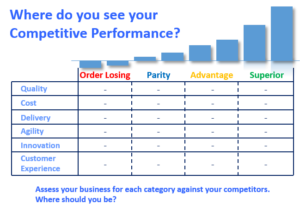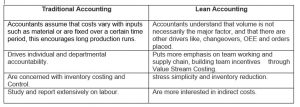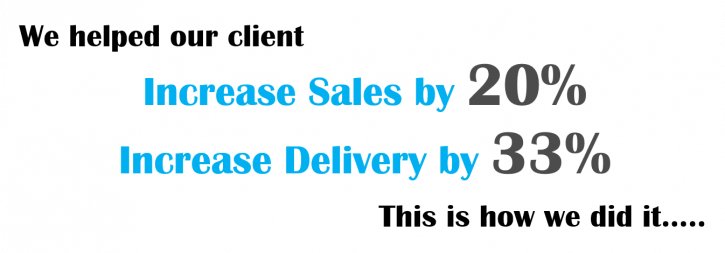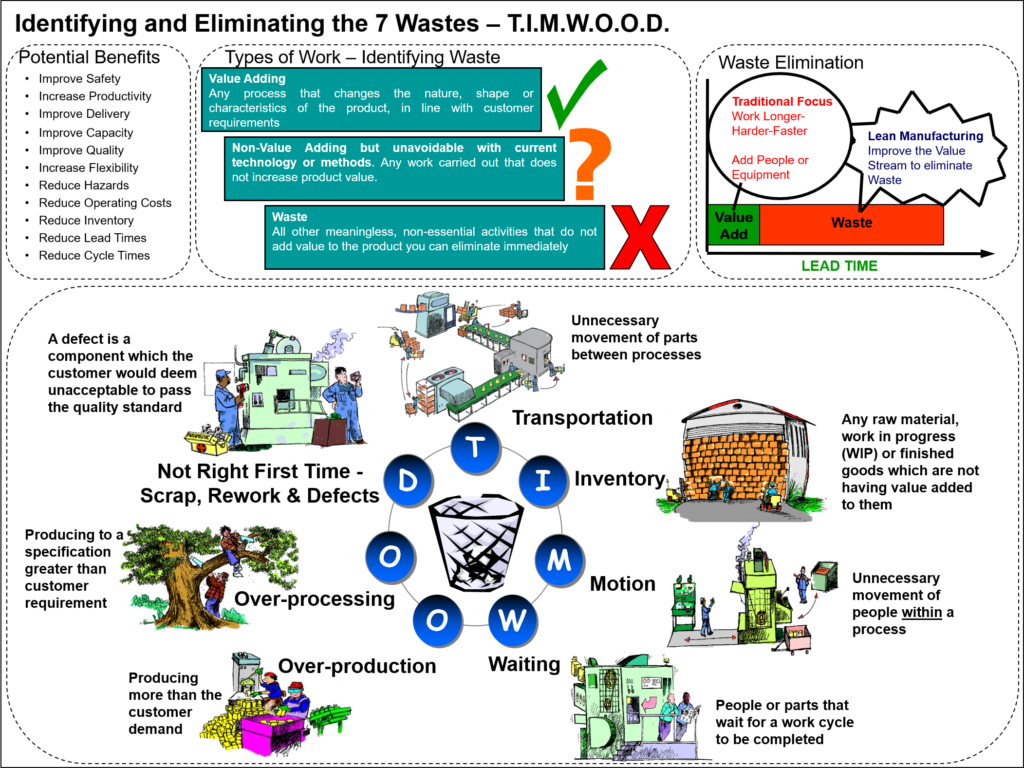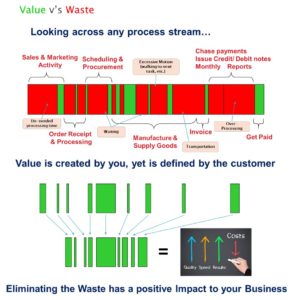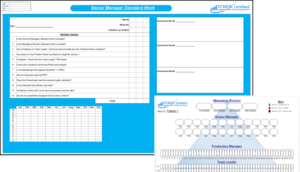Effective leadership is paramount in steering organisations toward success. Leadership Standard Work (LSW) represents a transformative approach that embeds discipline, visibility, and accountability into the daily routines of leaders at all levels. At its core, LSW is a systematic, documented set of behaviours and activities that are fundamental to driving performance improvement and organisational success. Let’s delve deeper into this concept and how it can be actualised in your manufacturing environment.
The Pillars of Leadership Standard Work
Leadership Standard Work revolves around several key behaviours that align with the fundamental lean principles of continuous improvement and respect for people. These include:
- Go and See (Gemba): Regular, scheduled visits to the place where work happens to observe processes and engage with frontline workers.
- Ask Why: Applying the five-whys technique to uncover the root cause of issues, thus fostering a culture of problem-solving.
- Show Respect: Creating an environment in which every team member feels valued and their input is considered critical for continuous improvement.
Standard Work vs. Leadership Standard Work
Standard Work and Leadership Standard Work are twin pillars in high-functioning manufacturing environments, but they cater to different yet complementary aspects of operational excellence. To understand the distinction and the interplay between the two, let’s expand and explore.
Standard Work: The Bedrock of Consistent Quality
Standard Work is a detailed outline of the optimal current method for performing a particular task or process. It encompasses the best practices identified through continuous improvement efforts and is designed for workers at the operational level to ensure consistency and efficiency. Essentially, it’s the “what” and “how” of the daily tasks:
- Documented Processes: Clear, concise instructions for performing a task that anyone in the role can follow for consistency.
- Time Elements: Standard time taken for each task helps in scheduling and balancing workloads in a lean manufacturing system.
- Sequence of Operations: An optimised sequence for carrying out tasks to reduce waste and ensure efficiency.
- Quality Checkpoints: Built-in quality inspection points within the workflow to ensure defects are caught and corrected early.
- Tools and Materials: Identifying and arranging necessary tools and materials to minimise movement and waiting times.
Standard Work is the baseline framework from which continuous improvements are identified and applied. It creates an environment where output quality becomes predictable, and processes become more transparent and efficient. As changes are made through kaizen (continuous improvement) activities, Standard Work documents are updated to reflect the new best practices.
Leadership Standard Work: Enhancing Management Effectiveness
In contrast, Leadership Standard Work turns the spotlight onto the roles of leaders and managers within an organisation. It pertains to the “who,” “when,” and “why” – focusing on leadership behaviours and activities that ensure the Standard Work and all other processes are effective, sustainable, and continuously improving.
- Routine for Leaders: It includes scheduled checks and observations, regular meetings, and audits ensuring that operations are running according to the documented Standard Work.
- Performance Monitoring: Involves reviewing key performance indicators (KPIs) to ensure that targets are met, and progress is made toward strategic goals.
- Problem Escalation: Leaders address issues that frontline employees cannot resolve on their own, bringing a systemic approach to solving workflow interruptions.
- Mentorship and Development: LSW emphasises developing staff; leaders schedule time to coach and mentor employees, reinforcing a culture of learning and improvement.
- Change Management: Leaders are tasked with managing and guiding change within the organisation, ensuring that new practices are smoothly integrated and accepted.
LSW provides a blueprint for leaders to follow that ensures they are supporting the Standard Work done at all levels. By managing their time around core leadership tasks and creating a routine aligned with operational processes and goals, leaders ensure that they are not only providing direction but are also supporting and enabling their teams.
Symbiosis and Synergy
Both Standard Work and Leadership Standard Work are vital to sustaining lean manufacturing methodologies. While Standard Work prescribes “the way work is done,” LSW ensures “the way work is led.” In practice, one cannot be successful without the other. Standard Work without supportive Leadership Standard Work may lead to drifts in practice and gradual decline in outcomes as frontline employees may not feel supported or held accountable to maintain improvements. Conversely, Leadership Standard Work without solid Standard Work lacks the baseline consistency required for meaningful leadership activities, leading to disorganised efforts and suboptimal resource allocation.
The synergy between the two establishes a robust system where process efficiency is maintained and continuously improved upon, and where organisational goals are met with consistency through engaged leadership. Leaders reinforce the Standard Work by verifying its application and encouraging continuous improvement, while frontline workers carry out the carefully designed Standard Work, knowing that their efforts are supported and that there’s a framework for escalating and resolving issues. This creates a dynamic loop of performance and productivity that underpins a culture of excellence.
Implementing Leadership Standard Work
To effectively implement LSW, leaders must first understand their roles and establish a set of activities that align with organisational goals. For example:
- For a Team Leader or Supervisor:
- Starting the shift with a brief team huddle to discuss the agenda, safety topics, and performance metrics.
- Routine checks for adherence to 5S standards and progress on action items.
- Direct, on-the-floor coaching, and problem-solving sessions with team members.
- For a Senior Manager or General Manager:
- Weekly or bi-weekly Gemba walks to maintain firsthand knowledge of operations and employee concerns.
- Participation in cross-departmental meetings to ensure alignment on strategic objectives.
- Reviewing KPIs and ensuring that audit protocols are being followed to maintain high standards of quality and safety.
Each level of leadership standard work varies in scope and frequency, but the underlying principles remain the same.
The Impacts of Effective Leadership Standard Work
By embracing LSW, manufacturing organisations can expect several key benefits:
- Problem-Solving: Frontline associates, empowered to raise issues, drive a culture of immediate problem-solving rather than reactive fire-fighting.
- Continuous Improvement: Regular practice of LSW ensures that improvement becomes habitual, not just a one-off event.
- Developing Leaders: Provides a framework for nurturing future leaders by exposing them to strategic thinking and decision-making processes.
- Performance Gains: Continuous focus on goals and metrics tends to accelerate performance improvements.
- Team Culture: Promotes a sense of ownership at all levels, leading to stronger team bonding and collaboration.
Case Studies and Evidence
The practice of LSW isn’t theoretical; it has been successfully integrated into numerous organisations. As we implemented and embedded this within Unipart in the late 90’s early 20’s it highlighted its effectiveness. LSW was introduced across the organisational hierarchy, from team leaders to the managing director, driving substantive improvements and embedding a proactive and positive culture. Just one of the many implementations we have done throughout the years since.
The Leadership Pyramid
Visualising LSW through a leadership pyramid can provide clarity on the distribution of responsibilities and activities at all levels. It emphasises the importance of foundation work by team leaders, the managerial oversight, and strategic vision at the upper tiers of the pyramid.
Key-Takeaway
Leadership Standard Work is the engine that propels the continuous improvement vehicle forward. It provides predictability, structure, and a means by which leaders can methodically contribute to the organisation’s overall well-being while developing their teams. In embracing LSW, manufacturing organisations are not merely investing in a set of tasks; they are nurturing a culture of excellence, responsibility, and innovation that echoes through every layer of the company’s fabric.
For manufacturing leaders seeking sustainable improvement and cohesive teams, leadership standard work isn’t a choice—it’s an essential strategy in the modern manufacturing playbook.
If you need support or want to know more about Leadership Standard Work please do contact us
0330 311 2820




